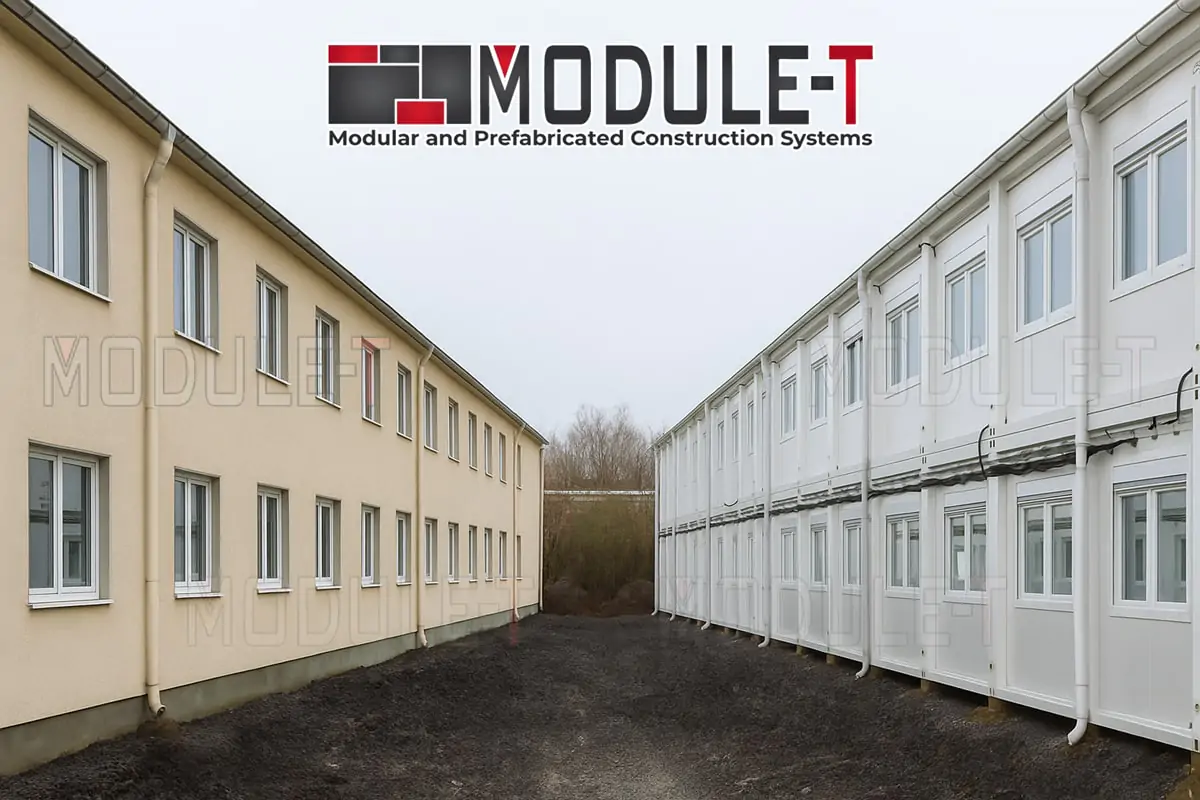Our sales teams and call center are ready to help you.

-
Solutions
- Flatpack Containers
- Office Containers
- Sanitary Containers
- Locker Containers
- Dormitory Containers
- Accommodation Containers
- Projects
- Products
- Contact
- Request a Quote
